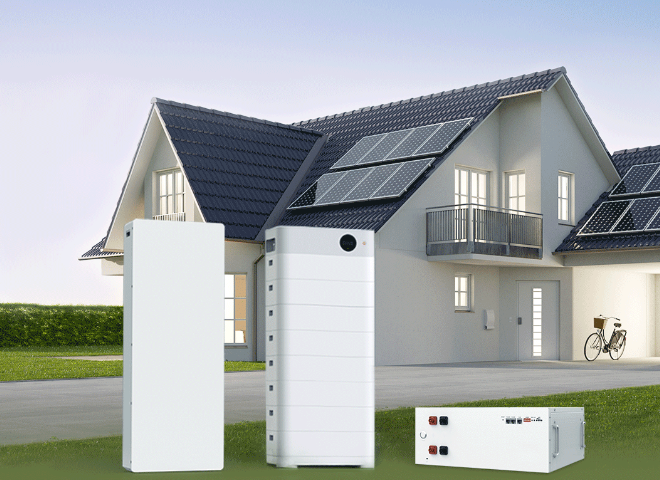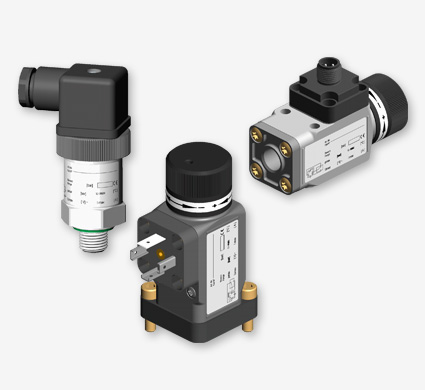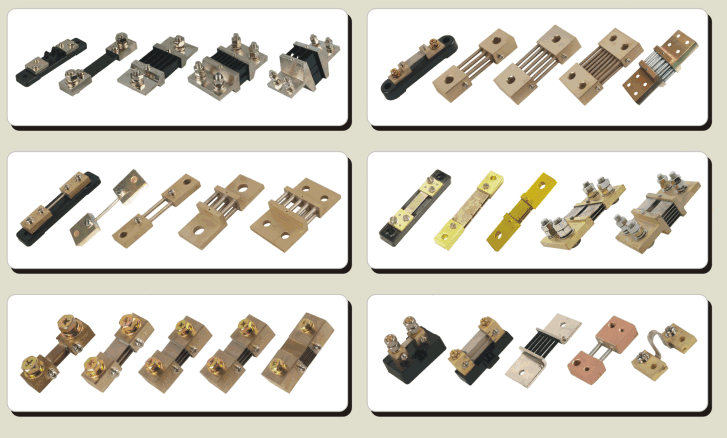valve positioner working principle is different in different types of valve positioner. This article will introduce the working principle of valve positioner, including pneumatic valve positioner working principle,
“As a key accessory of pneumatic control valves, the valve positioner plays an important role in improving system control quality. Its working principle is to control the pneumatic signal entering the actuator based on the deviation between the control signal and the valve position feedback signal, thereby changing the opening of the control valve. Spend
The valve positioner realizes closed-loop negative feedback control of the valve’s own valve position adjustment, so that the control loop forms a “cascade control” in which the process variable control of the controlled object is the main loop, and the valve’s own valve position control is the secondary loop.
1. Working principle of pneumatic valve positioner
The pneumatic valve positioner is based on the force balance control principle and mainly includes: torque control system (composed of bellows, lever 2, nozzle-baffle, pneumatic amplifier and other components) and balance torque negative feedback system (composed of swing rod, shaft, eccentric cam, roller, lever 1, spring and other components. electro pneumatic valve positioner working principle Moreover, the electro pneumatic valve positioner working principle is similar too.
When the input bellows input pressure control signal increases:
① Lever 2 rotates around the fulcrum, and the baffle is close to the nozzle. The back pressure of the nozzle increases and is amplified by the pneumatic amplifier and then enters the air chamber of the actuator, causing the regulating valve to move downward.
②The regulating valve stem drives the feedback lever (swing rod) to rotate around the fulcrum, the eccentric cam rotates counterclockwise, and the roller causes lever 1 to rotate around the fulcrum and stretch the feedback spring
③When the tension of the spring on lever 2 and the pressure of the bellows reach balance, the valve is in a stable state. At this time, the input pressure control signal corresponds to the valve position.
As an important component of the valve positioner, the nozzle-baffle has the functions of signal conversion, signal amplification and control. The nozzle-baffle can be regarded as consisting of constant air resistance R1 (constant throttle), variable air resistance R2 (nozzle, baffle), and air chamber.
When the distance △L between the baffle and the nozzle changes, the nozzle-baffle converts the distance signal into a pressure signal with a fixed gas volume (chamber) and nozzle back pressure, that is, △PD=△L
Since the diameter of the nozzle hole is much larger than the diameter of the constant orifice and back pressure hole, the nozzle-baffle can amplify the tiny displacement signal of the baffle and improve the control accuracy and sensitivity, that is, △PD/△L=k, k value Very big
2. Working principle of electrical valve positioner
The electric valve positioner is also based on the principle of force balance, performs torque control through the nozzle-baffle, and uses a mechanical connecting rod to achieve torque feedback. Compared with pneumatic valve positioners, electric valve positioners use permanent magnets as torque motors to convert input electrical signals and nozzle-baffle displacement signals through electromagnetic force.
3. Working principle of intelligent electrical valve positioner
The traditional electric valve positioner is based on the mechanical force balance control principle, while the intelligent electric valve positioner uses a microprocessor for control, and at the same time converts the valve stem displacement angle into the resistance value of the slide resistor, thereby achieving electrical feedback of the valve stem displacement and having control It has the advantages of high precision and convenient debugging.
Intelligent electrical valve positioners can be divided into nozzle-baffle type and piezoelectric valve type according to the type of I/P converter.
The piezoelectric valve type intelligent electric valve positioner utilizes the piezoelectric effect of the piezoelectric ceramic sheet and uses a two-position switch to control the opening or closing of the inlet piezoelectric valve and the exhaust piezoelectric valve to achieve valve position control. Under steady-state operating conditions, the valve does not consume instrument air and has the advantage of small air consumption. However, oscillation has occurred in actual project applications in the past. Its five-step switch (fast opening, slow opening, dead zone, slow closing, Quick switch) program control algorithm is also being continuously optimized.
| Locator type | Pneumatic valve positioner | Electric Valve positioner | Intelligent electrical valve positioner |
| Controller type | Bellows | Electromagnetic torque motor | Microprocessor |
| I/P converter | Nozzle-baffle | Nozzle-baffle | Nozzle-baffle/piezoelectric valve? |
| valve position feedback | Mechanical force feedback | Mechanical forcef eedback | Linear resistance electric feed-back |
| Control algorithm | Cam mechanical shape | Cam mechanical shape | PID control five-step switch control |
| Traffic feature selection | Larger | Larger | Program selection |
| Gas consumption | Mature | Mature | Large/small |
| Technology Maturity | Pneumatic valve positioner | Electric Valve positioner | Mature/relatively mature |






